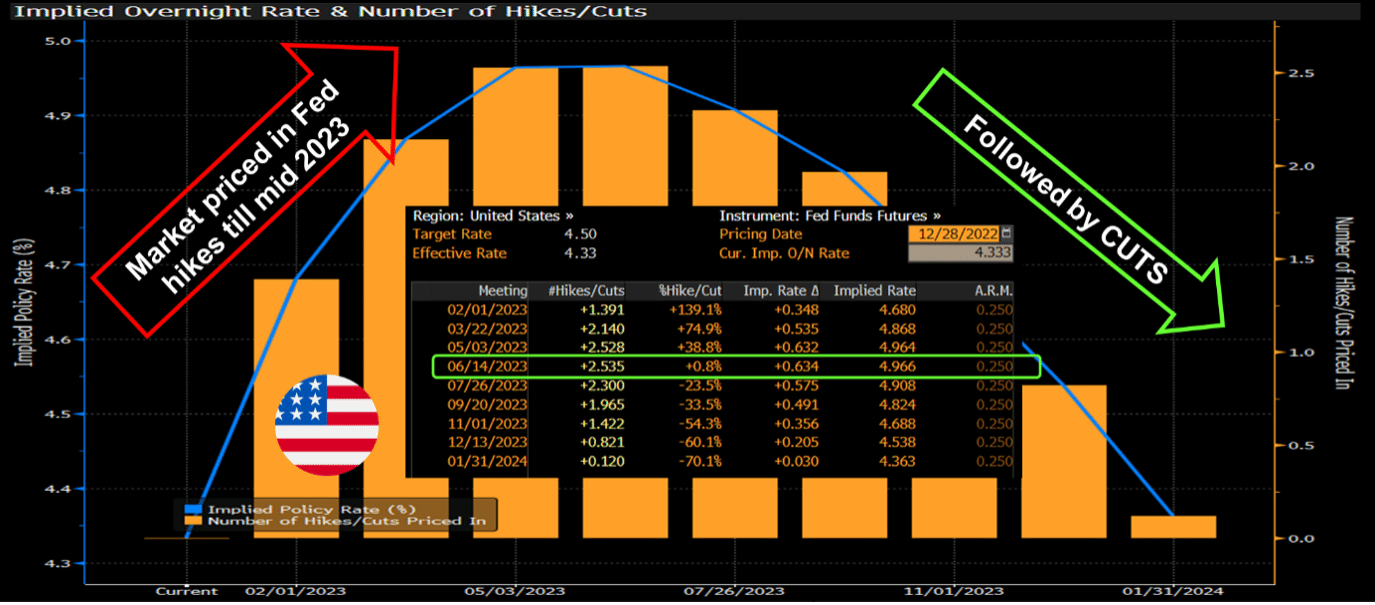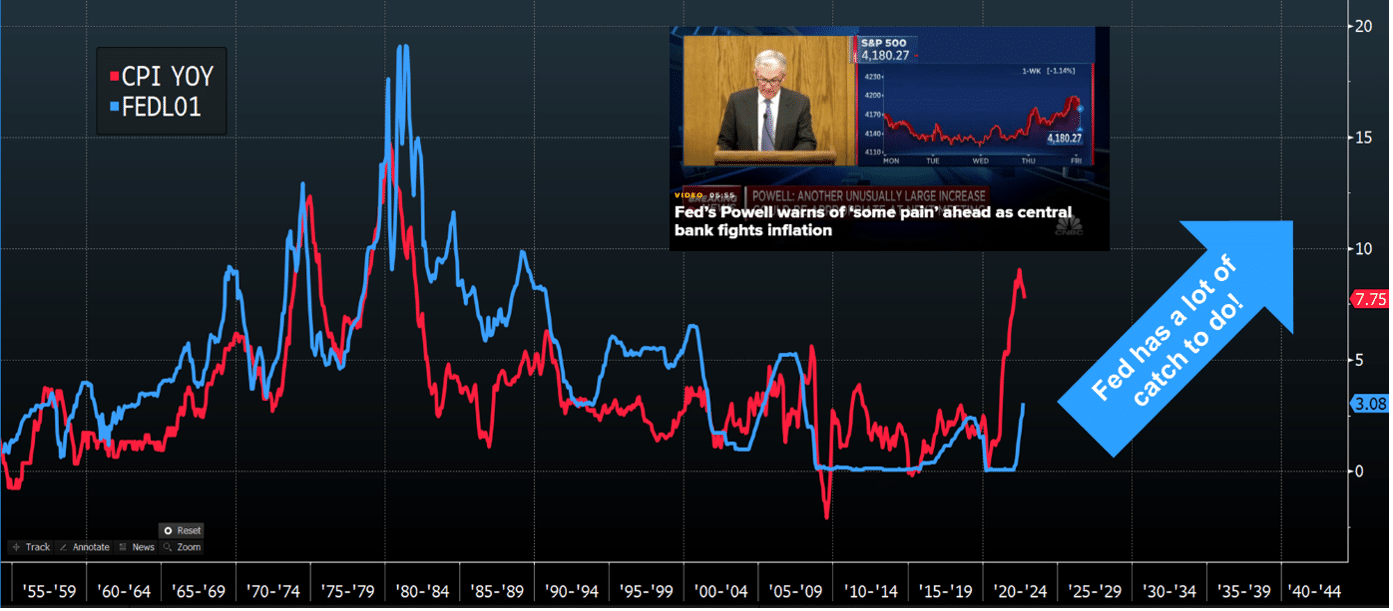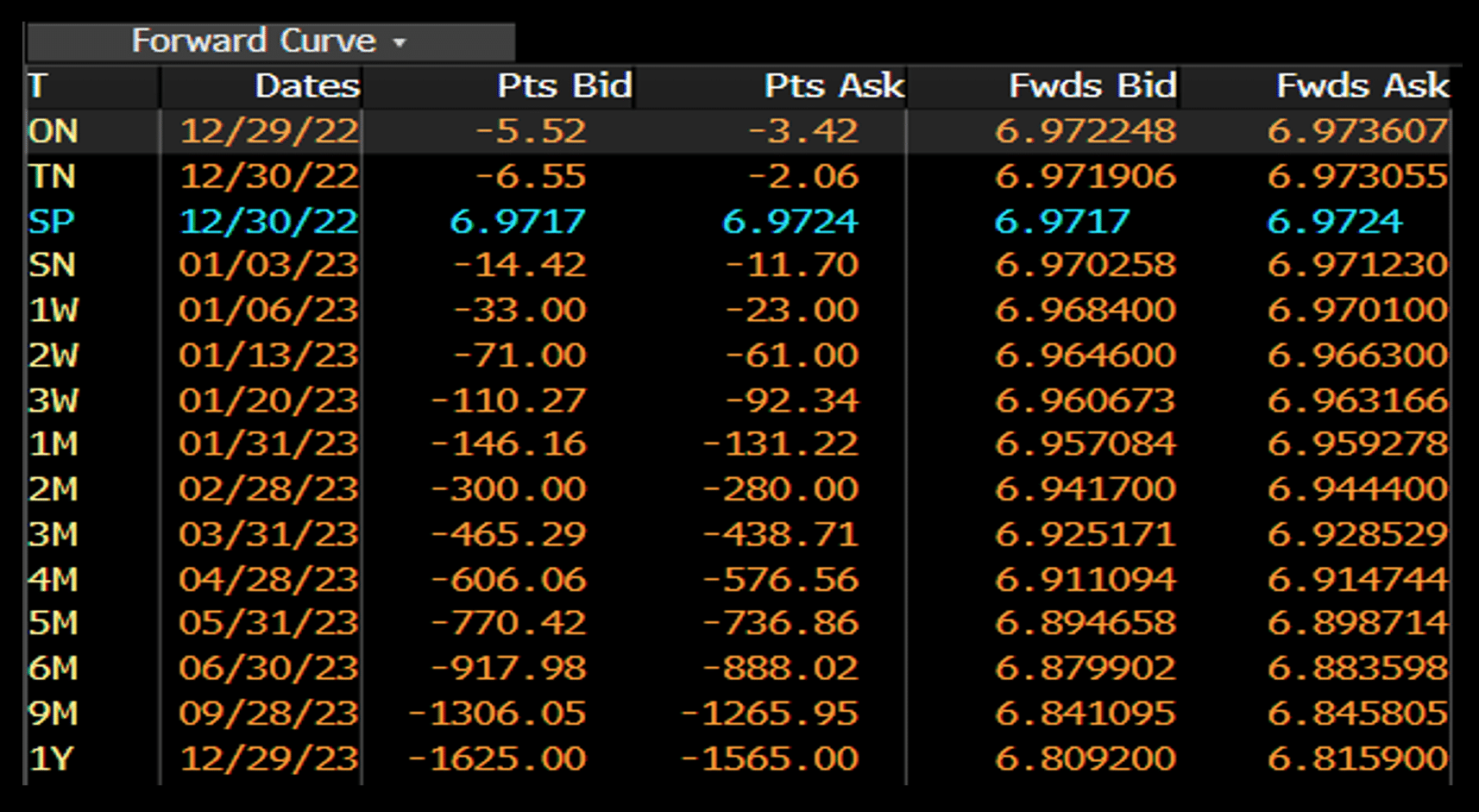
10 January 2023
2022 has been a watershed year for global financial markets. We have seen markets shifting focus from a post-Covid recovery to a post-Covid stimulus overhang. With that, asset markets re-adjusted with gusto, bringing forth volatility unseen since the dark days of 2020. As we usher in 2023, let us recall the key reason behind this seismic shift in sentiments: the change in central banks’ stance from fighting Covid-19 to fighting inflation.
As the world tethered on the brink of financial and economic Armageddon in 2020, it was the unprecedented efforts of central banks and governments that kept global economies afloat. Leading the charge was the Fed with its decision to embark on ‘QE to Infinity’. Other central banks quickly follow suit with their own monetary easing.

Undeniably, global economies were surviving on a mix of monetary and fiscal life support. That life support was abruptly removed in mid-2021, when the Fed changed their stance quickly, as inflation — which was just recently deemed to be subdued, and then transient — came to be viewed as persistent.
Markets were warned to withstand more pain as the Fed prioritised fighting red-hot inflation over everything else. In a matter of months, the Fed hiked interest rates aggressively to 4.5%. A further 50 basis points of rate hikes have now been fully priced in for early 2023 by the market.
The result of this dramatic turnaround in USD yields is that the greenback reigned supreme in 2022. The USD transformed from a zero-yielding asset to a high-yielding currency. Against the greenback, Asian emerging markets’ currencies weakened sharply. The ADXY Bloomberg JP Morgan Asia Dollar Index — which reflects the strength of key Asian currencies — plunged to a multi-year low as investors flocked to the mighty USD.

However, as we moved into Q4 2022, the USD went into an apparent retracement phase. The slowdown, and even a softening, in US inflation figures prompted the market to quickly shift its attention to the other elephant in the room — the potential of a US recession on the back of high yields curbing growth.
The market is also now calling for a rate CUT by the Fed in the later part of 2023. That, coupled with the still tightening measures of the other central banks — such as the BOJ, have caused the USD to come off sharply from its highs.


Now, the million-dollar question for 2023 is whether the USD trend has really turned, or whether we are looking at a dead cat bounce for Asian FX. We may be able to find the answer simply by looking at the underlying cause for the USD rally in the first place — the Fed’s war against inflation.
Historically, the Fed Funds Rate has had a close correlation with the US CPI index. Even if the Fed Funds Rate peaks at 5% in 2023 – in line with market expectations – there will still be a big gap in the Fed Funds Rate versus the current CPI levels of ~7%.
Therefore, one of two scenarios must play out: either the CPI comes off FAST or the Fed will be forced to continue hiking, albeit at a slower pace. If the latter happens, markets will likely be disappointed as the probability of a rate cut in 2023 dissipates. With continual higher yields, the USD should regain its luster.

That aside, we should also look at events happening in the 2nd largest economy — China. Interestingly, the Chinese policymakers’ focus has been on resuscitating their economy. To this end, they have already cut the reserve requirements ratio (RRR) for banks by 25 basis points, effectively pumping RMB 500 billion into the monetary system. More loosening measures can be expected in 2023, as China battles the effects of exiting its zero-Covid policy.
Against the divergent macroeconomic backdrop of these two giant economies — where the US is likely to remain in a tightening cycle while China stays in a loosening cycle — the USD-RMB yield-differential will continue to widen. This, in turn, will feed into the FX outlook for USD-RMB, with the positive carry of a long USD-RMB position looking increasingly attractive.

In conclusion, the market seems to be overly optimistic by calling for a Fed Rate cut in 2023. Inflation needs to reverse its course quickly for that to happen. Otherwise, the Fed’s hands are tied. As the USD’s yield differential against those of other currencies — including Asian FX — continues to widen in 2023, we cannot rule out the possibility that the strong USD trend may resume. With that, we would expect market volatility to remain elevated in 2023.
Thomas Poh
Head of Markets, M-DAQ Global
The above article is written by the author in his or her sole individual capacity only and do not express the views and/or opinions of: (i) M-DAQ Pte. Ltd. and/or its affiliates; and (ii) his or her previous employers. All liability with respect to actions taken or not taken based on the contents of this article are hereby expressly disclaimed. The content on this article is provided “as is;” no representations are made that the content is error-free. This article should not be taken as a financial advice or advertisement for the sale of any financial products. Trading and investments involve taking risks. Please consult a professional financial advisor before making any financial decisions.
Interested to learn how we can support you with FX clarity and certainty?








